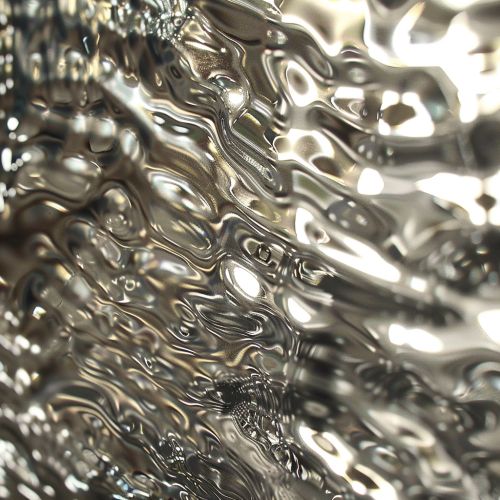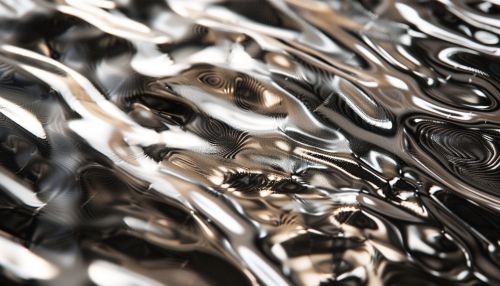Aluminium alloys
Overview
Aluminium alloys are a range of alloys in which aluminium (Al) is the predominant metal. The typical alloying elements are copper, magnesium, manganese, silicon, tin and zinc. There are two principal classifications, namely casting alloys and wrought alloys, both of which are further subdivided into the categories heat-treatable and non-heat-treatable.
Properties
Aluminium alloys possess varying properties due to differences in their chemical compositions. The aluminium alloy's ability to be hardened using heat, its weldability, its corrosion resistance, and its machinability are all established during the alloying process. The most common elements used in aluminium alloying include silicon, copper, zinc, magnesium, and manganese.
Classification
Aluminium alloys are typically classified into two categories: wrought and cast alloys. Wrought alloys are further divided into heat-treatable and non-heat-treatable, while cast alloys are classified into either heat treatable or non-heat treatable.
Applications
Aluminium alloys are used in a wide variety of applications due to their unique properties. They are commonly used in the aerospace industry, automotive parts, building and construction, and in the production of household goods.
Production
The production of aluminium alloys involves the addition of various elements to pure aluminium. These alloying elements are added during the melting process, and the mixture is then cooled to form a solid material.
Heat Treatment
Heat treatment is a significant part of the process of creating aluminium alloys. It involves heating the alloy to a specific temperature, holding it at that temperature, and then cooling it down. This process changes the microstructure of the alloy, enhancing its mechanical properties.


